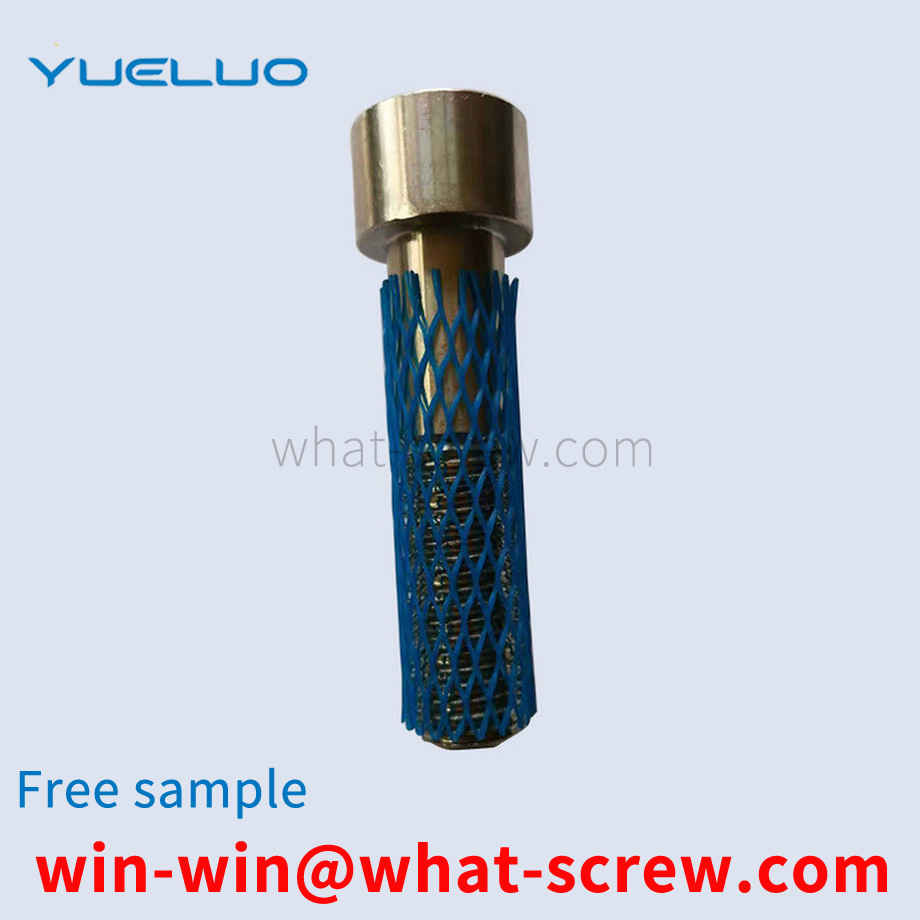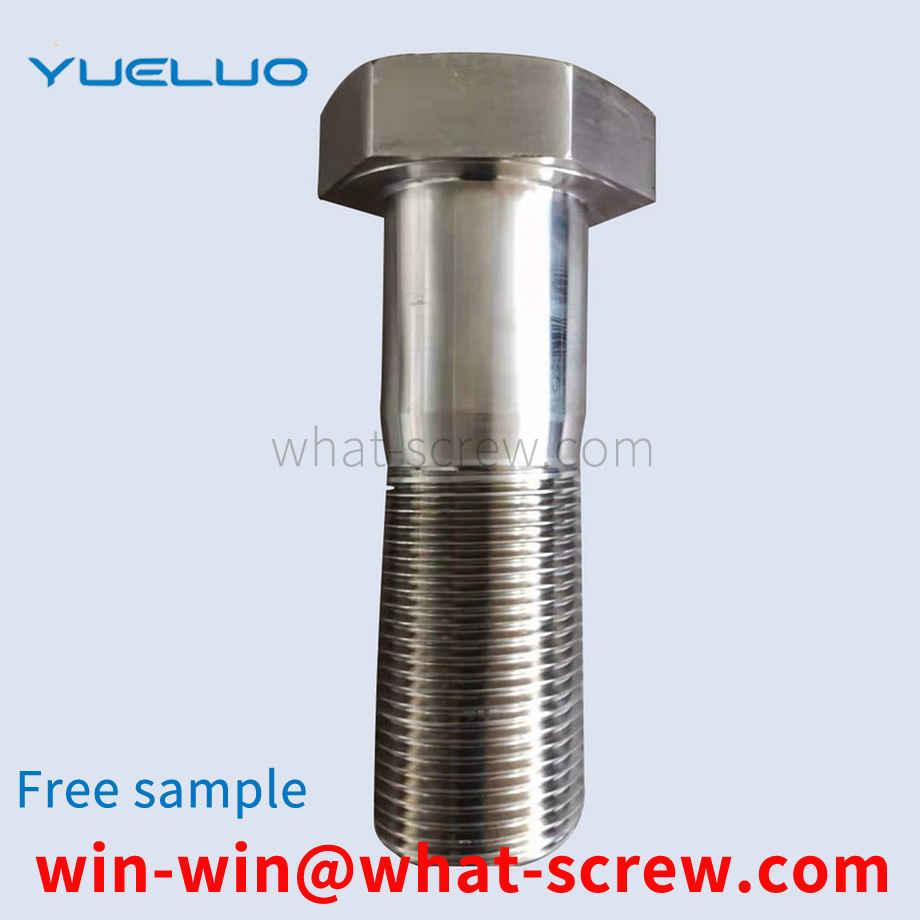There are generally two, one is iron, that is, carbon steel. One is stainless steel, and of course there are copper and aluminum nuts, but these are rarely used. Copper is more or less useful, and nuts like aluminum are rarely used.
Double-end stud (English name: double-end stud) refers to a cylindrical fastener with threads at both ends. Widely used in electric power, chemical industry, oil refining, valves, railways, bridges, steel structures, automobile and motorcycle accessories, machinery, boiler steel structures, pendant towers, large-span steel structures and large buildings.
The first person to describe the spiral was the Greek scientist Archimedes (c. 287 BC - 212 BC). An Archimedes screw is a huge spiral contained in a wooden cylinder that is used to irrigate fields by raising water from one level to another. The real inventor may not be Archimedes himself. Maybe he was just describing something that already existed. It may have been designed by the skilled craftsmen of ancient Egypt for irrigation on both sides of the Nile. In the Middle Ages, carpenters used wooden or metal nails to attach furniture to wooden structures. In the 16th century, nail makers began producing nails with a helical thread, which were used to connect things more securely. That's a small step from these kinds of nails to screws. Around 1550 AD, the metal nuts and bolts that first appeared in Europe as fasteners were all made by hand on a simple wooden lathe. Screwdrivers (screw chisels) appeared in London around 1780. Carpenters have found that tightening a screw with a screwdriver holds things in place better than hitting with a hammer, especially with fine-grained screws. In 1797, Maudsley invented the all-metal precision screw lathe in London. The following year, Wilkinson built a nut and bolt making machine in the United States. Both machines produce universal nuts and bolts. Screws were quite popular as fixings because an inexpensive method of production had been found at that time. In 1836, Henry M. Philips applied for a patent for a screw with a cross recessed head, which marked a major advance in screw base technology. Unlike traditional slotted head screws, Phillips head screws have the edge of the head of the Phillips head screw. This design makes the screwdriver self-centered and not easy to slip out, so it is very popular. Universal nuts and bolts can connect metal parts together, so by the 19th century, the wood used to make machines to build houses could be replaced by metal bolts and nuts. Now the function of the screw is mainly to connect the two workpieces together and play the role of fastening. The screw is used in general equipment, such as mobile phones, computers, automobiles, bicycles, various machine tools and equipment, and almost all machines. need to use screws. Screws are indispensable industrial necessities in daily life: extremely small screws used in cameras, glasses, clocks, electronics, etc.; general screws for televisions, electrical products, musical instruments, furniture, etc.
The pin, also known as the pin, has a simple structure and is easy to assemble and disassemble. It is widely used in various fixed connections. The pin is mainly used to fix the relative position between two parts, also used to connect parts, and can transmit a certain load. , At present, the pins on the market generally have the problems of being easy to loosen and fall off.
When people use a screwdriver and other tools to screw a screw into an object, they need one hand to hold the screw and the other to hold the screwdriver and other tools, which brings some inconvenience to the user; especially when the screw is not correctly set, it will cause work and time delays, affecting work efficiency. .
We have many years of experience in the production and sales of screws, nuts, flat washers, etc. The main products are: mushroom head screws, carbon steel fine thread nuts, profile elastic nuts, GB6175 and other products, we can provide you with suitable fastener solutions for you Program.



















 Service Hotline
Service Hotline




